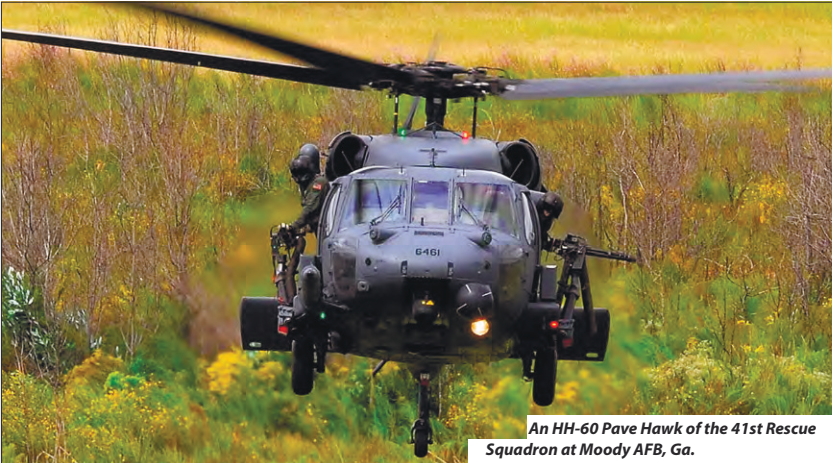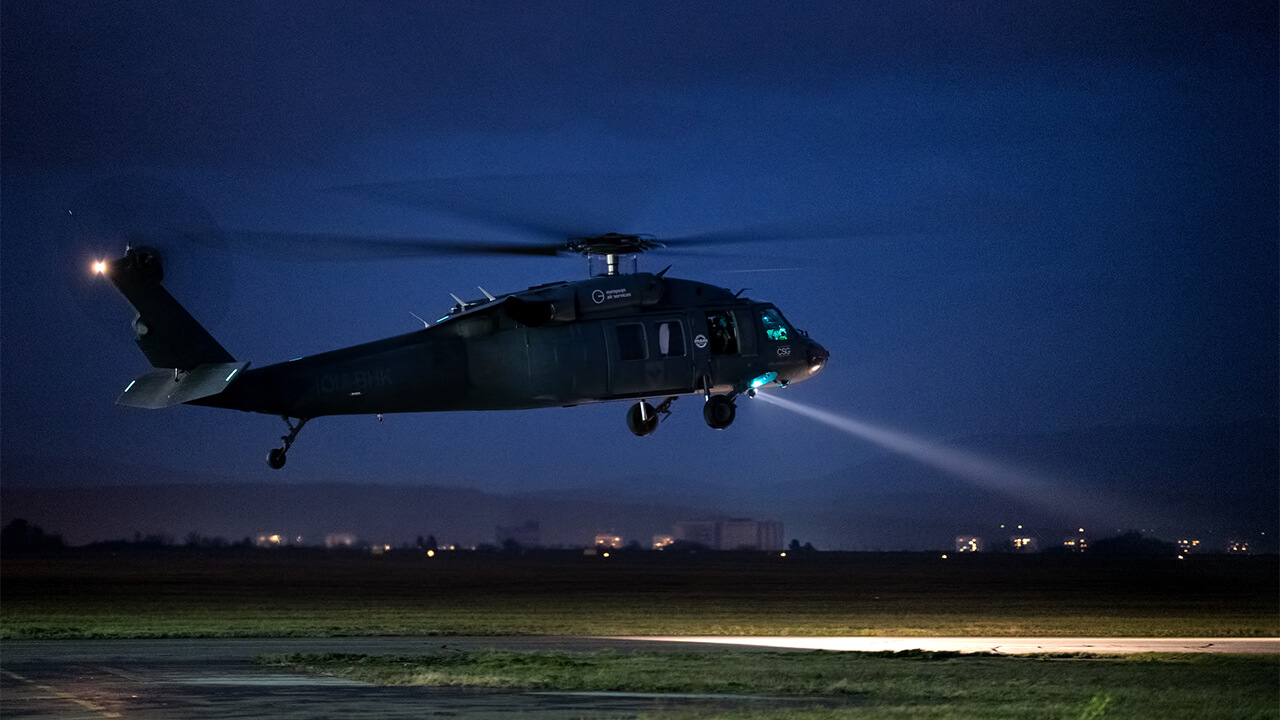Why the UH 60 Is Essential for Modern Armed Forces and Special Operations
Discovering the History and Development of the UH 60 Helicopter

Origins of the UH-60
The beginnings of the UH-60 helicopter can be traced back to the late 1960s, a duration noted by the demand for a functional energy airplane that can adjust to the evolving demands of contemporary warfare. The U.S. Army acknowledged the need for a substitute for the older UH-1 Iroquois, which was becoming increasingly insufficient for the intricacies of modern battle circumstances. In 1967, the Army initiated the Utility Tactical Transport Airplane System (UTTAS) program, which looked for to create a multi-role helicopter qualified of numerous objectives, including troop transport, medical evacuation, and logistical assistance.
The UH-60 Black Hawk was presented, showcasing innovative layout aspects and advanced innovation that set it apart from its precursors. The UH-60 quickly gained acknowledgment for its robust efficiency, reliability, and adaptability, leading the method for its comprehensive usage in military operations and strengthening its status as a foundation of U.S. Military air travel.
Trick Design Features
Ingenious design attributes of the UH-60 Black Hawk substantially contribute to its functional effectiveness. Among one of the most significant elements is its twin-engine arrangement, which improves reliability and offers a higher power-to-weight proportion, allowing the helicopter to carry out under numerous problems. The airplane's four-blade main rotor system supplies enhanced lift and maneuverability, essential for tactical objectives.

Additionally, the cabin is designed for optimum presence and ergonomics, featuring innovative avionics that enhance pilot procedures. The modular style of the UH-60 enables very easy maintenance and versatility, making it ideal for numerous mission accounts, from army transport to medevac operations. These key style attributes guarantee that the UH-60 Black Hawk continues to be a functional and trustworthy asset in military air travel, qualified of meeting the demands of modern-day war.
Technical Advancements
Recent technical advancements in the UH-60 Black Hawk have substantially boosted its operational capabilities and flexibility. The combination of innovative avionics, such as electronic flight control systems and enhanced situational awareness screens, permits pilots to run with increased accuracy and effectiveness. These systems help with enhanced navigating, communication, and data sharing, allowing the helicopter to work properly in diverse environments.
Additionally, the introduction of composite materials has actually reduced the overall weight of the aircraft while maintaining architectural honesty. This reduction enhances fuel efficiency and extends functional range. The consolidation of innovative blades modern technology, consisting of using four-blade, totally expressed rotor systems, has improved lift performance and ability to move, enabling better handling in different flight conditions.

Moreover, developments in propulsion systems, such as the T700-GE-701D engines, have actually increased power result and integrity - uh 60. These engines add to premium performance in high-altitude and hot-weather conditions
Last but not least, the assimilation of self-defense systems and boosted sensing unit bundles enhances the Black Hawk's survivability and mission performance. Collectively, these technological renovations make sure that the UH-60 Black Hawk stays a vital possession in modern air travel, capable of adapting to the advancing needs of humanitarian and military goals.
Function in Military Procedures
As the foundation of U.S. Military air travel, the UH-60 helicopter plays an important duty in different military procedures, serving as a functional click here now system for fight support, transport, and medevac objectives - uh 60. Its layout includes the capability to run in diverse settings, making it vital for troop activity and logistical support in both non-traditional and conventional warfare

In medical evacuation scenarios, the UH-60 has actually proven very useful, significantly lowering the time to carry injured soldiers from the battlefield to clinical centers. Its sophisticated avionics and night vision capabilities better ensure mission success under tough conditions. Overall, the UH-60 helicopter continues to be a crucial possession, constantly adapting websites to satisfy the developing needs of army operations and enhancing the performance of U.S. pressures worldwide.
Future of the UH-60
Looking ahead, the future of the UH-60 helicopter involves considerable developments in modern technology and abilities developed to enhance its operational performance. As military operations evolve, the UH-60 is expected to incorporate advanced modern technologies, consisting of improved avionics, improved tools systems, and advanced communication tools. These enhancements will permit higher situational awareness and goal adaptability, making certain that the UH-60 continues to be an essential asset on the battlefield.
One remarkable advancement is the combination of fly-by-wire systems, which will certainly enhance flight control precision and decrease pilot workload. Efforts to upgrade the airframe and engines aim to increase haul, variety, and speed capability, thus increasing the helicopter's functional scope.
The future likewise holds assurance for increased interoperability with unmanned aerial systems (UAS), allowing coordinated missions that take advantage of both manned and unmanned abilities. In addition, the unification of expert system and artificial intelligence might enhance flight characteristics and upkeep processes, resulting in minimized functional expenses.
Verdict
The UH-60 Black Hawk helicopter represents a considerable achievement in military aeronautics, progressing from the united state Military's initial demands for a flexible utility airplane. Its cutting-edge layout features and continuous technological improvements have actually guaranteed its importance in numerous army procedures over the years. As the needs of modern-day war adjustment, the future of the UH-60 will likely include additional enhancements and adaptations, strengthening its condition as a crucial possession for armed pressures worldwide.
The UH-60 Black Hawk see this helicopter stands for a substantial landmark in army air travel, arising from the U.S. Military's quest for a much more dependable and versatile energy aircraft in the late 20th century.The origins of the UH-60 helicopter can be mapped back to the late 1960s, a period noted by the requirement for a functional utility airplane that might adjust to the developing needs of modern warfare. Generally, the UH-60 helicopter remains an essential asset, continually adapting to fulfill the evolving needs of military operations and enhancing the efficiency of United state pressures worldwide.
Looking in advance, the future of the UH-60 helicopter includes substantial advancements in modern technology and abilities designed to enhance its functional efficiency.The UH-60 Black Hawk helicopter stands for a significant achievement in armed forces aviation, advancing from the U.S. Military's first demands for a functional utility aircraft.